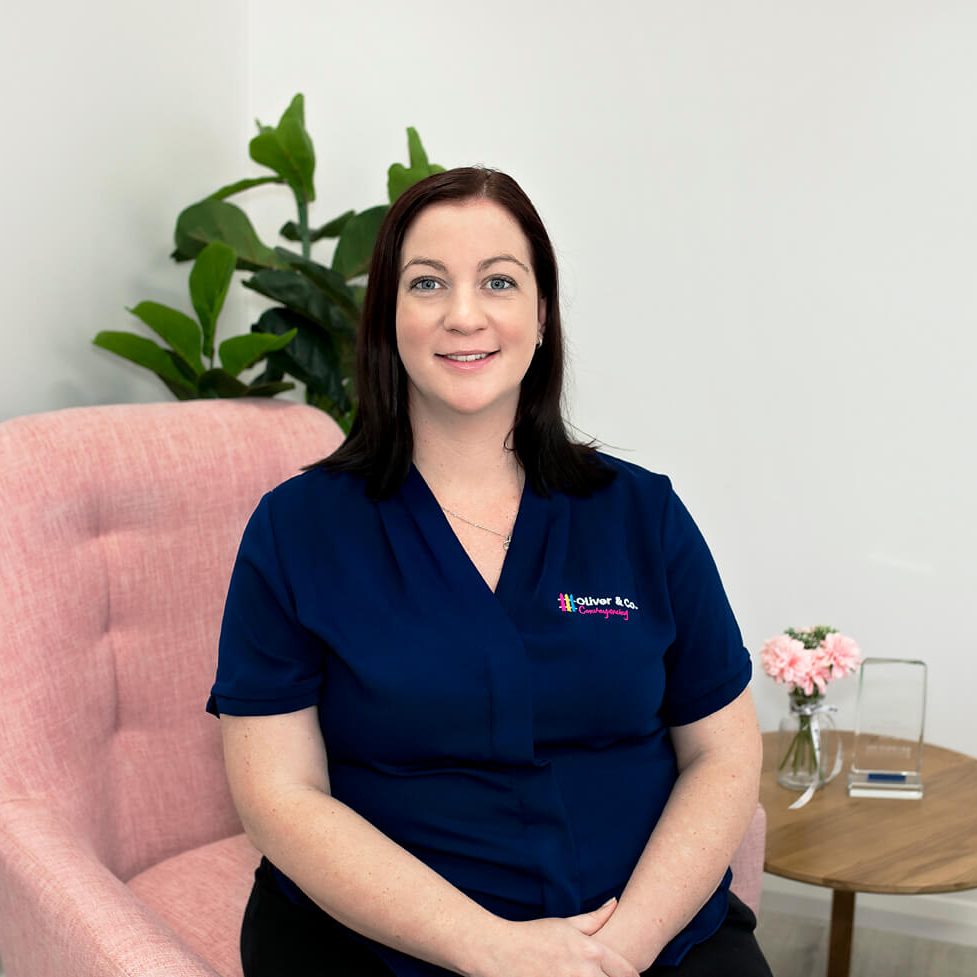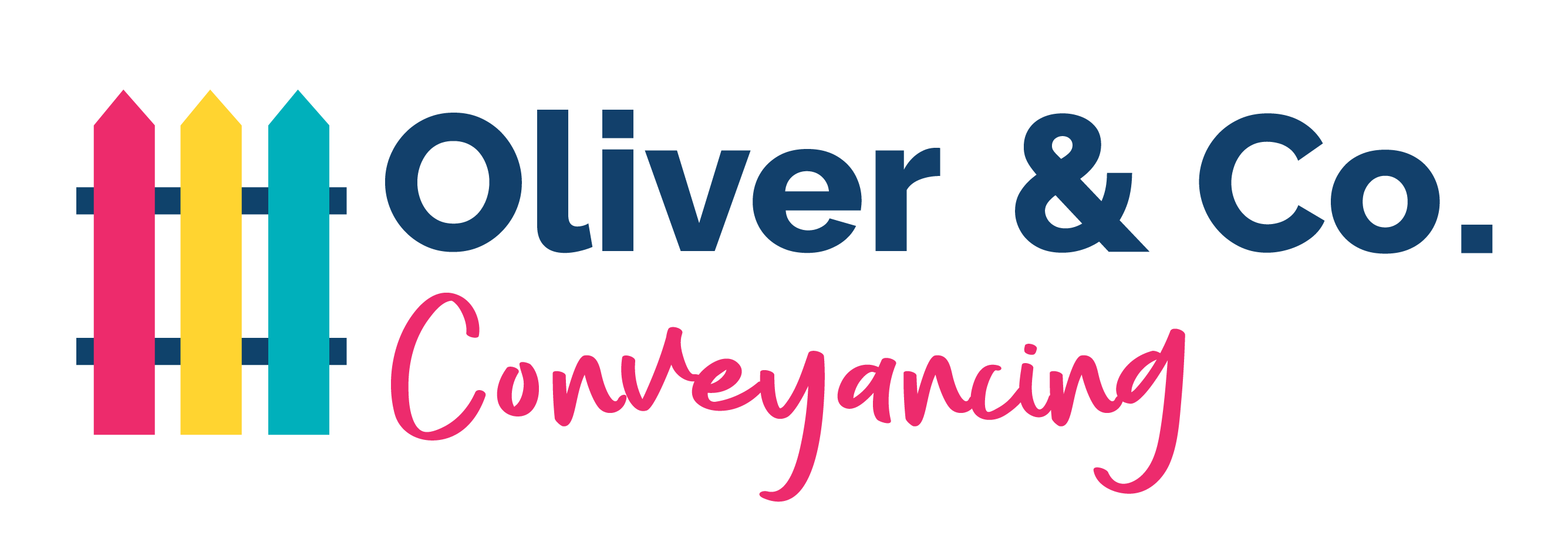
5 Essential Steps to Buying Your First Investment Property
Buying your first investment property is a big and exciting step, but having a clear plan makes all the difference. Property investing takes a bit of strategy—a solid grip on the market, a realistic budget, and, most importantly, setting goals you can actually reach. This guide will help you make smart choices and start off strong with your first investment property.
1. Set Clear Investment Goals
Understanding what you want to achieve
Before jumping into the property market, set your property investment goals. Are you looking for long-term capital growth, rental income, or perhaps a mix of both? Establishing what you want from this investment will guide your decisions and help you measure your success.
Here are a few key considerations to keep in mind:
- Short-term vs. long-term goals: Will you flip the property quickly or hold onto it for the long haul? Knowing this will guide your investment approach.
- Rental Yield vs. Capital Growth: High-growth areas may offer lower rental income but have greater potential for property value appreciation, while stable areas often provide steady rental income with slower growth.
- Risk Tolerance: Think about your financial situation and comfort level with risk. This will help you determine what property type aligns with your investment style.
These factors can shape your investment strategy and ensure your property choice supports your overall goals.

2. Research the Right Location
The foundation of a successful investment
Choosing the right location is one of the biggest keys to success when buying your first investment property. According to The Property Market:
Location is integral to acquiring a good investment property. In fact, it might not surprise you to hear that the location could do about 80% of the heavy lifting of your property’s capital growth.
Where a property is located can make all the difference in rental demand, property value growth, and overall profitability. Look for spots with a good mix of economic activity, population growth, and infrastructure—these areas offer the best potential for a solid return on your investment.
Here are some key factors to keep in mind when researching locations:
- Proximity to Amenities: Properties close to schools, shopping centres, and public transport are often in high demand and can attract a steady stream of tenants.
- Job Opportunities: Look for areas with stable employment, which tend to draw long-term tenants looking for convenience and stability.
- Future Infrastructure Plans: Areas with upcoming developments or new transport links can boost property values over time, so it’s worth keeping an eye on growth plans.
These factors can help you pinpoint locations with solid potential for rental demand and value growth.
TIP: Looking for an investment property in the Hunter Valley? Check out our post Top 9 Hunter Valley Suburbs for Homebuyers.
3. Calculate Your Budget and Explore Financing Options
Setting a realistic budget for a profitable investment
Investing in property requires more than just a down payment. There are additional costs, such as property taxes, insurance, maintenance, and potential vacancies, to consider. Working out a clear budget will help you avoid surprises and ensure your investment is profitable.

Here’s how to set a budget for your investment property:
- Calculate Rental Yield and Potential Returns: Determine how much income the property can generate. You can calculate rental yield by dividing the annual rental income by the purchase price—this will give you a clear picture of your potential returns.
TIP: You can search online for rental yield calculators, like this one from Real Property Manager.
- Explore Loan Options: Talk to mortgage brokers or lenders to understand your financing options. Look for loan terms that align with your goals and ensure you’re comfortable with the repayment structure.
- Factor in Additional Costs: Don’t forget to include extras like insurance, property management fees, and a buffer for unexpected repairs. These can add up and impact your overall budget.
These steps ensure your budget is realistic and sets the foundation for a successful investment.
4. Choose the Right Type of Property
Understanding what property type aligns with your goals
Once you’ve worked out your budget and found a great location, the next step is choosing the right kind of property. Each property type has its own pros, cons, and responsibilities, so it’s essential to find one that fits your goals and lifestyle.
Here’s a quick rundown to help you decide:
- Apartments: Easier to maintain and usually have lower entry costs. They’re a great choice in urban areas, especially for attracting young professionals or students. In addition, they often have higher rental yields and better rental returns, meaning lower or no holding costs compared to houses.
- Houses: Often come with higher upfront costs and more maintenance, but they typically offer better long-term capital growth.
- Townhouses or Units: These offer a mix of benefits from both apartments and houses. They’re a popular option for families needing more space but not wanting a huge garden to look after.
Each option has its balance of risk, yield, and growth potential. The key is to pick the one that aligns with your investment goals and budget!

5. Build a Reliable Investment Team
Assemble experts who can support your investment journey
Even if you’re planning to manage some parts of your investment property, having a team of professionals on your side can make the process easier, save you time, and help reduce risks. Here are the key players to consider for your property investment team:
- Conveyancer (that’s us!) or Property Lawyer: They’ll handle legal documents, contracts, and make sure everything’s compliant.
- Mortgage Broker: Guides you through financing and helps secure the best loan to fit your needs.
- Property Manager: Manages tenant relationships, rent collection, and maintenance—especially handy if you have multiple properties.
- Accountant: Offers tax advice and helps you maximise deductions on your investment.
Having this team in place means each part of your investment is expertly managed, so you can focus on growing your portfolio.
Final Thoughts on Buying Your First Investment Property
Buying your first investment property is an exciting step toward building wealth, and success comes down to good planning and preparation. Setting clear goals, picking the right location, budgeting carefully, choosing a property that fits your strategy, and having a solid support team all help set you up for a smooth and rewarding investment journey.
Start with these basics, stay informed, and don’t hesitate to reach out to experts when needed. Remember, property investing is a marathon, not a sprint—a steady, well-planned approach will help you reach your goals and build a strong foundation for the future.
Ready to start planning your property investment? Book a free 15-minute consultation with us, and let’s talk about how we can help make your investment journey successful!
Disclaimer: The information provided in this blog post is for general informational purposes only and should not be considered as professional advice. We recommend consulting with qualified professionals for advice tailored to your individual circumstances.

Hi there! I'm Tayla Oliver
I founded Oliver & Co. Conveyancing to educate and support you through your legal, or property buying and selling journey, with affordable, full-service legal and conveyancing support. You can count on our experienced and friendly team to look after your best interests at every step of the way.
FREE CHECKLIST

